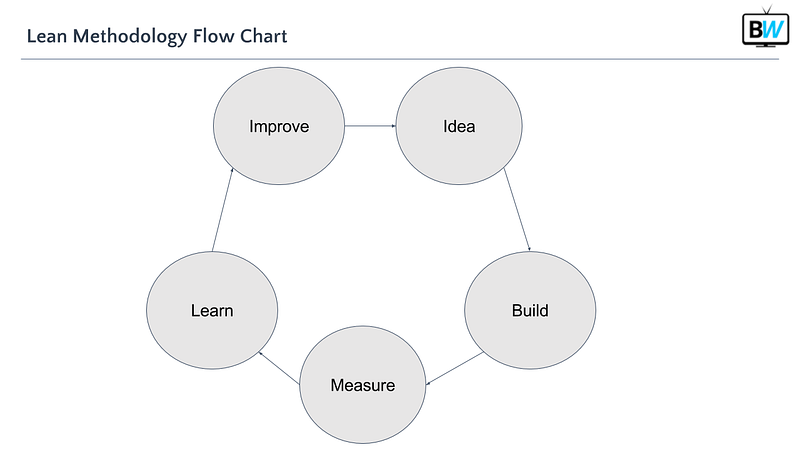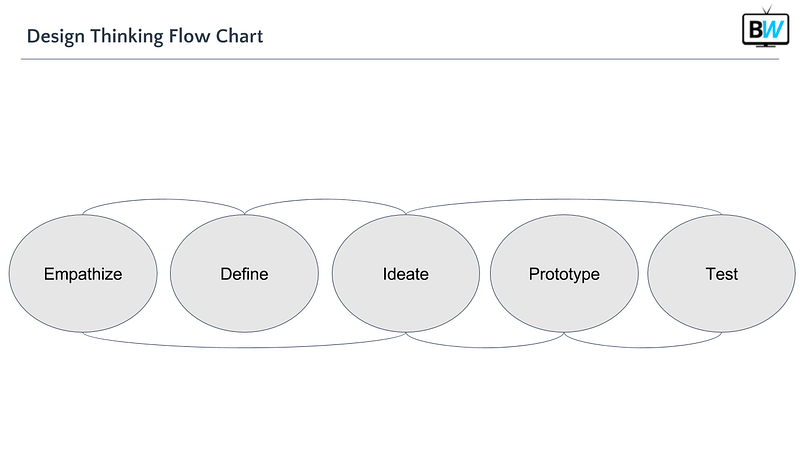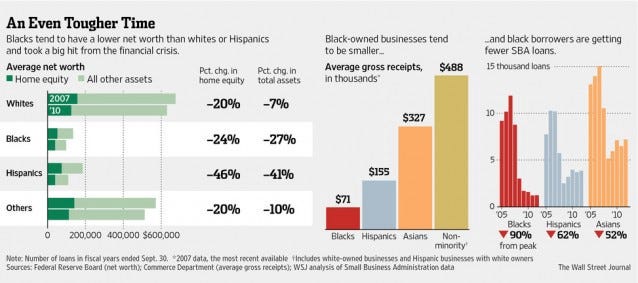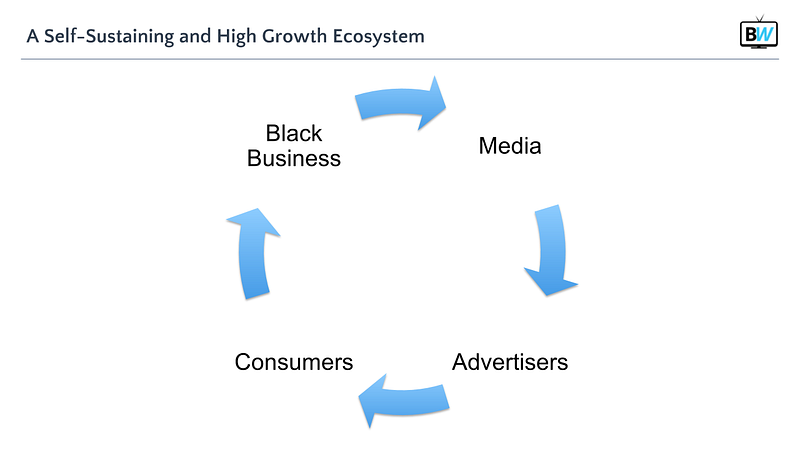How Do We Empower Black and Latinx Owned Businesses

I like to talk to youth the because they give an unfiltered and honest perspective on society. I had the privilege of talking to rising seniors of a top-notch academy in upper Harlem. Part of our convo went like this:
Me: “Do you know who Steve Jobs, Mark Zuckerberg, Bill Gates, Reid Hoffman are?”
Them: “Yes, Steve Jobs is Apple! Mark Zuckerberg created Facebook!”
Me: “Great! Do you know any famous Black or Latinx business men or women?”
Them: pause……...”Yes! Dr. Dre, Puff Daddy, Jay-Z!”
Me: “Ok nice. Final question. Name famous Black or Latinx business men or women that are NOT actors, athletes or in the entertainment industry.”
Them: …..”Ummm”........(The silence was deafening)
This brings up an eye-opening question of “why are there not more successful Black and Latinx businesses?” To be clear, when I use the term ‘more successful’, I’m alluding to why there are so few scalable multi-million dollar businesses or Facebook-sized organizations that are led by black or Latinx indviduals.
3 factors contribute to what is holding back these ethnicities from being more successful is education, access to capital, and community support. A lot of the information in this article can be useful for any business and is not limited to one community or ethnic group.
Education
Our first biggest problem is education. Most of us are taught incorrectly how to think about our businesses in terms of innovation and scalability. We learn to start with a 40-page business plan, an outdated process that was created in the late 1800s. While this works with traditional and simpler brick and mortar businesses, newer business styles, especially scalable technology companies, have more complexities that require more testing and learning before writing a comprehensive document.

Your initial plan should be a 1– 2-page executive summary. Many of today’s largest startups use new kinds of tactics to execute the growth and scalability of their ventures that help later create a business plan based on validated results. Two of these tactics are Lean Methodology and Design Thinking.
Lean Methodology
Lean methodology is a process I was first introduced to when I joined a startup right out of the college and have used with several other companies. The lean methodology focuses on building and testing our hypothesis and measuring results for what works and what does not using the least amount of resources.

To give you an example, let’s say you are doing a new email marketing campaign.
- Idea: Sending a weekly email of your new products and promotions to customers will get them to buy more of your products.
- Build: Build out a solution. The term build does not have to be coding, for example, we can use a service like Constant Contact that has a GUI to allow you to build an email campaign.
- Measure: After building your email campaign, send it out to your customer list. With Constant Contact, we can measure how many people open it, click on links, and unsubscribe from your mailing list.
- Learn: Take the results and learn what made people open the emails, click on the links, unsubscribe and other actions. There are various ways of learning such as directly asking your customers or indirectly using that information to compare data points to find patterns.
- Improve: Now that you have learned about what you are doing, you are able to improve. Maybe an email once a week is too much, or maybe promotions and new products should be featured in a separate email. Next is going back to step one and combining the improvements with new ideas.
By repeating this cycle, your business will improve various aspects over time. In your initial Business Plan, the details about ‘email marketing’ should be one line. The reason being that without testing and learning from your customers, you are making assumptions that are not based on valid and proven results.
Design Thinking
I first learned about Design Thinking from a top media accelerator program called MatterVC. Design thinking focuses on empathizing with customers to learn about them and then testing out ideas.

Per the chart above, design thinking happens in 5 steps. Let’s say that you own a restaurant and you notice customers are bored with the current selections. So you think you want to add a new chipotle burger to spice things up, but is that what they want? With design thinking you:
- Empathize: The first step is deeply understanding your customers from both a logical and emotional level — put yourself in their shoes. You can do this either by interview, observations, or experiences — gain an intimate understanding. In our example, interviewing your customers you ask what they like to eat(ex: meats, salads, carbs), what is their lifestyle(ex: single professionals, raising a family), etc.
- Define: After you empathize with your customers, you can begin to define your problem. You may have learned that many of your customers want to be more healthy with a preference of fish and tofu, and they are busy professionals with families. You’ve already learned the burger idea was not a good one.
- Ideate: This is the most fun part of design thinking, the ideas. With other people, come up with regular but also insane ideas. For example, an insane idea that might work is to take away the ability to order food at a register and serve food on a conveyor belt — they take what is available and pay at the cashier with no waiting.
- Prototype: Once you have your idea set with your team, it’s time to create a simple prototype to test. For our insane idea above, in short of building a conveyor belt, designate a table as the “Grab & Go Table”. On this table, your team plans to have trays of fish and tofu dishes that your customers pick-up and pay at a register.
- Test: Testing is the final stage. During lunch hours setup your table. Have a sign that quickly explains what to do, and see if people catch on to the idea. If it fails, you will be glad you did not build that conveyor belt.
During this experiment, you’ve learned about your customers and came up with a simple way of building and testing out the idea in a relatively short amount of time. Once the idea is established, then it can become part of your business plan which is developed over time.
Improving Our Education
Even as a business major in college, these newer concepts were not taught. To learn and perfect the methodologies, I’ve had to take hard lessons from various sources ranging from books like The Lean Startup by Eric Ries to being introduced to programs like MatterVC. I write this to help educate and empower people to learn from my experiences, and I encourage you to research these concepts further and apply them to your business.
Access To Capital
After you have learned how to better run your business, the next challenge is getting capital. Underrepresented groups like Black and Latinx indviduals face 3 unique challenges in this arena.

Self Funding and Net worth
Funding a business yourself is already hard but is even harder when you do not have assets. The average black family has a net worth of $11,000 while the average white family has a net worth of $141,000. What this means is that asking friends and family to put money into your business will be difficult.
Loans From Banks
Bank loans are a way to fund your business. A problem is we also face discriminatory lending practices. 23% of loans are approved for non-minorities while only 17% for minorities. When loans are approved, non-minorities receive an average of $310,00 vs minorities $149,000.
Venture Capital
For underrepresented groups venture capital is the hardest route for getting money for your business. Out of near 60 billion dollars that go to companies every year from VCs, only 1% goes to Black and Latinx founders vs the 87% that goes to white founders.
How Do We Advance?
The above is not feelings or opinions but facts, and statistically opportunities are not equal for everyone. How do we get around the obstacles when capital is harder for us to obtain? The first route is Education. The second round is tapping into community support.
Community Support
The Black and Latinx community is an economically powerful, our consumer spending of 2.5 trillion dollars and it is going to grow over the next generation! The problem we face as a community is helping, supporting and investing in each other.

Unfortunately, in our community, there is a sentiment that we do not help each other or even worse, at times impede one another. Personally, I’ve been blown off by leaders who promote diversity and inclusion in public but have little interest in actually having a real conversation. But I have learned how to get around this.
Grow Your Network
Growing your network with the right people is immensely important. A lot of my ability to execute in the startup world has been greatly helped by individuals such as Jason Towns of Groundwork Ventures, Timothy Jones of TBJ Investments, Daron Jenkins of NY Film Loft, or Sharon Parker-Frazier of Talent7. Growing your network with people like this who unselfishly open doors regardless of ethnicity or creed will be a driving force behind not only who you are able to get connected with, but also a great source of positivity.
As your network starts to grow, tools like LinkedIn are great for researching your network to get introductions and learn about people. For example, I got connected with Venture Capitalist that talks openly about supporting diversity and inclusion. But this investor would not make the time to have a phone call with me, even after a warm intro. Using my network on LinkedIn, I asked a few questions and got feedback his investor program might be inactive and he was trying to raise capital. But the fact that he was unwilling to even talk relates to not supporting each other, even in facets outside of money.
Giving Back
Giving back greatly influences success, especially from already successful people in the community. If the community, both from it leaders and everyday individuals decide they do not have time to help other people, then we create a system that prevents progression. Giving back comes in many forms such as making time to give advice, making connections, opening doors, capital, and even emotional support and encouragement to keep going. By you deciding to give back and support others, it will be infectious and will also help land you in a network that will propel your success forward.
Get Out Your Comfort Zone
The last piece we have to do is being willing to get out comfort zone. Start ventures in new areas that you do not know but think will drive the future, ie biotechnology. Invest time in learning new skills such as becoming digitally proficient. Many organizations such as Silicon Harlem are now focusing their efforts on helping black business adjust to the new digital age. Being willing to break bad habits such as not asking for help. Each one of us has the ability to shape the future for ourselves and those around us.
Combining Education and Community Support
To be more successful when creating innovative and scalable Black and Latinx business, we have to control what we can first. That is our ability to learn, network and support each other. It is frightening to get out your comfort zone, try a completely new venture in areas you do not have a lot of knowledge in. But the methodologies talked about above are created to help you think through unknown territory. With trial, error, and growth, you will eventually succeed.

That is how we started to grow with BingeWave. I had key individuals make the right introductions, and now we are seeing our IoT technology empowering small businesses across New York. Our current plan is to create a sustainable ecosystem combining media, advertising, and IoT to leverage the 2.5 trillion consumers spend. We use a hybrid of Design Thinking and Lean Methodology to help us execute and we are gaining support from the community as we help minorities re-invest in themselves.
At BingeWave, our goal is to help underrepresented voices be heard. While this article focuses on the Black and Latinx community, we recognize that there are many other communities out there with similar problems and ambitions. So we encourage everyone who reads this article to find a way to apply the lessons to their goals and go forward to create the innovative and scalable businesses of tomorrow.



